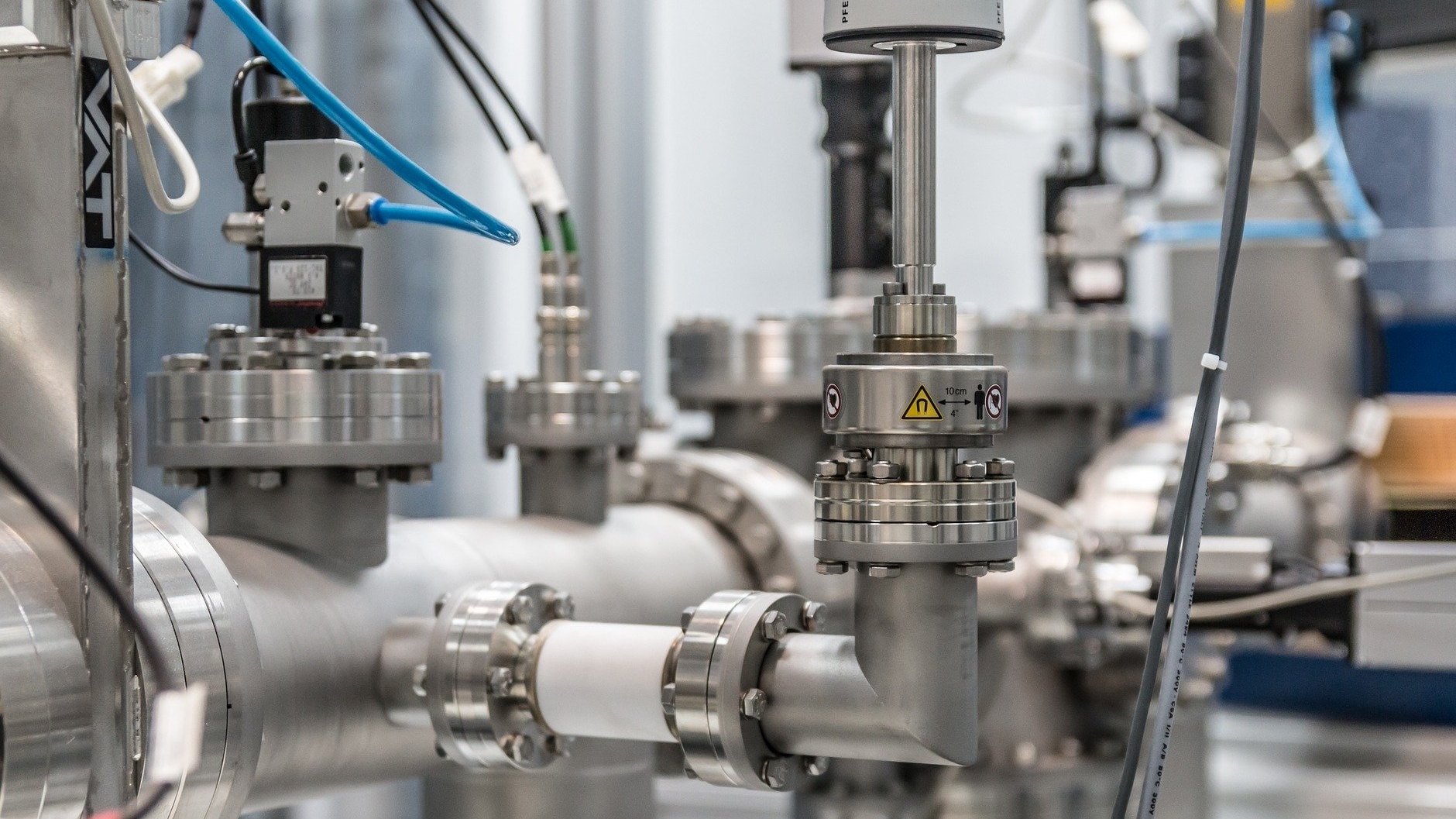The application of zinc oxide coatings in industry is diverse and ranges from the protection of perishable goods from air to the detection of toxic nitrogen oxides. Such coatings can be produced using atomic layer deposition (ALD), which normally uses precursor chemicals known as precursors that ignite immediately when exposed to air. An interdisciplinary research team at Ruhr-Universität Bochum (RUB) has now established a new manufacturing process that is based on non-combustible precursors and takes place at such low temperatures that plastics can also be coated.
In order to produce a sensor for nitrogen dioxide (NO2), a thin layer of nanostructured zinc oxide (ZnO) must be applied to a sensor substrate and then integrated into an electrical component. The research team used ALD to deposit ultra-thin ZnO layers.
In industry, ZnO layers have so far been produced using an extremely reactive zinc precursor that ignites immediately when exposed to air. The key to developing a safe ALD process was therefore research into a new, non-pyrophoric precursor that can be handled safely and is capable of producing ZnO coatings of the highest quality. The special feature of the new process is that it is even possible at low temperatures, so that plastics can also be coated. This makes the new process suitable not only for the production of gas sensors, but also for gas barrier layers. These are applied to plastics in industry and used to protect sensitive goods such as food and medicines from air.
Publication: Lukas Mai et al.: Zinc Oxide: From precursor chemistry to gas sensors: Plasma-enhanced atomic layer deposition process engineering for zinc oxide layers from a nonpyrophoric zinc precursor for gas barrier and sensor applications, in: Small, 2020, DOI: 10.1002/smll.202070122


